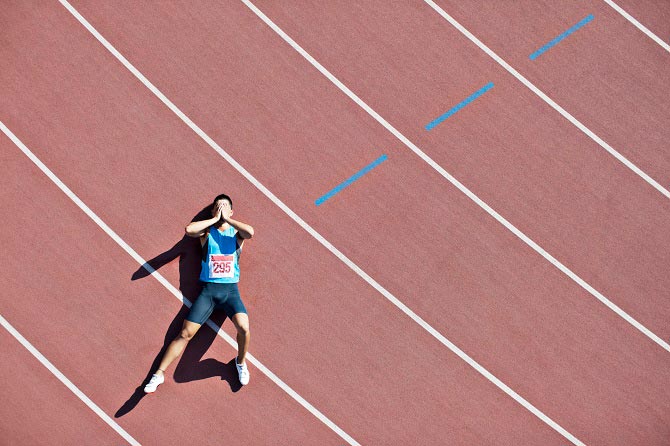We live in fast times. Everything needs to be done quicker. We want results now.

The exercise industry and the injury rehabilitation world are subject to the same time pressures as everybody else. People pay money and they want to see change in their bodies as fast as possible.
There is a limiting factor at work however that doesn’t sell ‘body transformation packages’, isn’t ‘sexy in 6 weeks’ and won’t necessarily cure your pain in one session. It’s biology.
The human in our current form hasn’t evolved much in the last 40,000 years. We have transformed our world but our bodies are much the same as they were all that time ago.
This means your body can only adapt at a particular speed that no amount of marketing will change.
What does change is our understanding of how to get the best out of your body, or rather, how not to make it worse.
Ironically it’s the methods employed to achieve quick changes, that are most likely to cause issues and take you further away from your goal.
I am reminded of this quote from Matt Bernier, Muscle Activation Techniques Lead Education Instructor, ‘low force stimulates, moderate force reinforces, high force inhibits’.
Too much force in whatever form, be it Pilates, Yoga, running, swimming or Cross Fit, will cause muscles to shut down. Knowing how much force is too much is critical if you want to progress.
Look out for these signs that you’re moving too fast.
1) Some muscles feel tight and your range of movement is limited.
2) You have muscle soreness that doesn’t seem to change with time.
3) You experience niggles / pain more frequently rather than less frequently.
4) Your training / rehabilitation seems to have plateaued.
5) You feel tired and / or have trouble sleeping.
Know your exercise limits and you will achieve your goals faster.